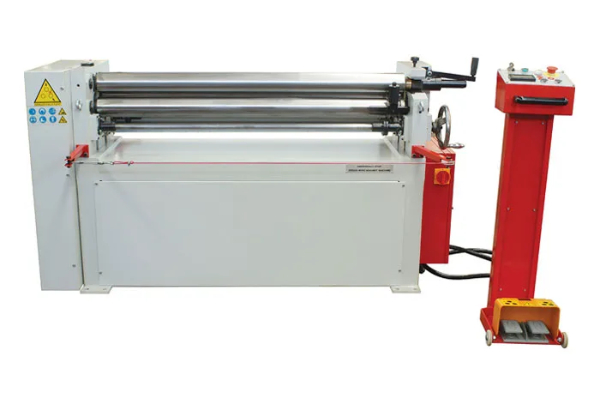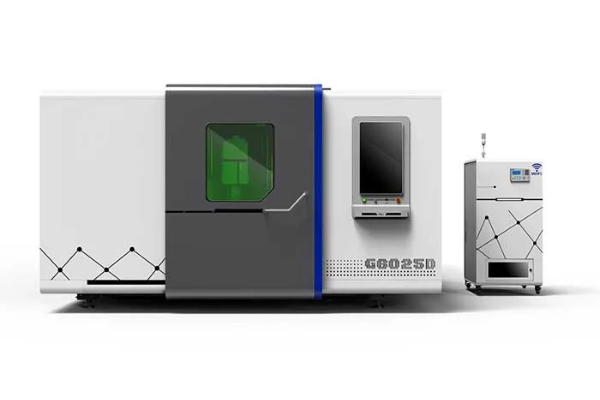
Crafting Curves- Achieving Complex Shapes with Metal Folding
- By:Metmac
- 2024-05-14
- 132
In the realm of metalworking, the art of metal folding emerges as a versatile technique for fabricating intricate shapes and structures. The Crafting Curves article delves into the intricacies of this process, providing a comprehensive guide to achieving complex geometries with deft precision.
Understanding Metal Folding
Metal folding involves bending sheet metal along defined lines to create desired angles and contours. This process enables metalworkers to shape flat sheets into three-dimensional objects with precision and efficiency. Various techniques, such as press braking, hand folding, and roll forming, can be employed to achieve specific shapes, depending on the material and complexity of the design.
Factors Influencing Metal Folding
Understanding the factors that influence metal folding is crucial for successful fabrication. These include:
Material Properties: Different metals possess varying strengths, ductility, and workability, affecting the ease and precision of folding.
Thickness and Gauge: Thicker metals require more force and specialized equipment for folding, while thinner gauges are more pliable and easier to shape.
Bend Radius: The minimum bend radius, determined by the metal’s thickness and material properties, limits the tightness of the bend.
Bend Angle: The desired bend angle must be within the metal’s bending capacity to prevent cracking or tearing.
Methods of Metal Folding
The primary methods of metal folding include:
Press Braking: A press brake machine uses a punch and die to bend metal sheets rapidly and accurately. It provides high-volume production with precise angles.
Hand Folding: This technique involves manually bending metal sheets using specialized tools, such as a folding machine or a hand-held brake. It offers flexibility and control for small-scale operations.
Roll Forming: A series of rollers gradually shape metal sheets into continuous profiles, such as channels, angles, and tubes. This process creates consistent shapes in high volumes.
Applications of Metal Folding
Metal folding finds widespread applications in various industries, including:
Automotive: For producing body panels, chassis components, and exhaust systems.
Aerospace: To create structural parts, fuel tanks, and interior components.
Construction: For roofing, siding, and HVAC systems.
Furniture: To fabricate legs, frames, and decorative elements.
Art and Design: For creating unique sculptures, installations, and decorative objects.
Conclusion
Crafting Curves: Achieving Complex Shapes with Metal Folding unveils the intricate art of metal folding, providing a comprehensive guide to this multifaceted technique. By understanding the principles, factors, and methods involved, metalworkers can harness the power of metal folding to fabricate complex shapes with precision and efficiency. This versatile process finds applications in a wide range of industries, transforming flat sheets into intricate three-dimensional masterpieces.
-
The Advantages of Using a Sheet Roll Forming Machine in Manufacturing
2024/09/14 -
How to Optimize Your Laser Sheet Cutting Machine for Maximum Performance
2024/09/12 -
How to Maximize Efficiency with Modern Sheet Metal Working Machines
2024/09/04 -
The Environmental Benefits of Using Duct Board Grooving Machines
2024/09/03
-
A Guide to the Latest Innovations in Sheet Metal Folding Machines
2024/11/29 -
Key Features to Consider When Investing in a Sheet Metal Folding Machine
2024/11/28 -
Enhancing Precision with Advanced Sheet Metal Folding Machines
2024/11/27 -
How to Choose the Right Sheet Metal Folding Machine for Your Workshop
2024/11/26



